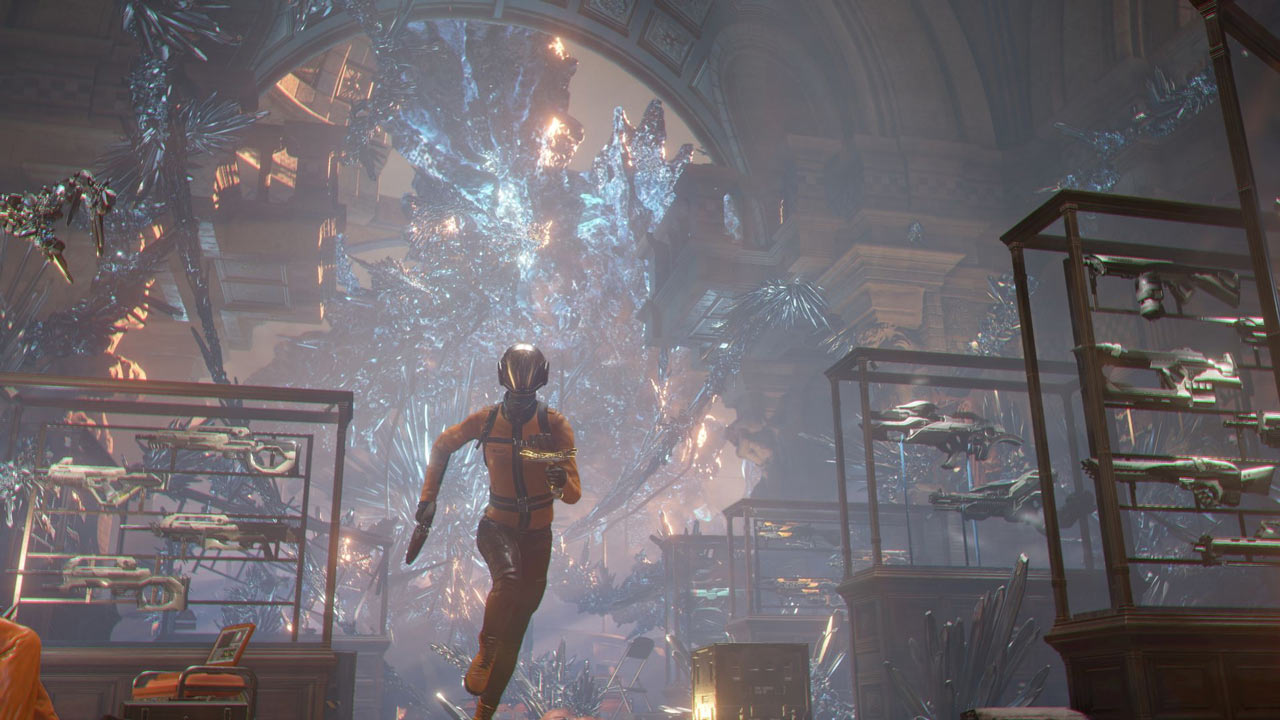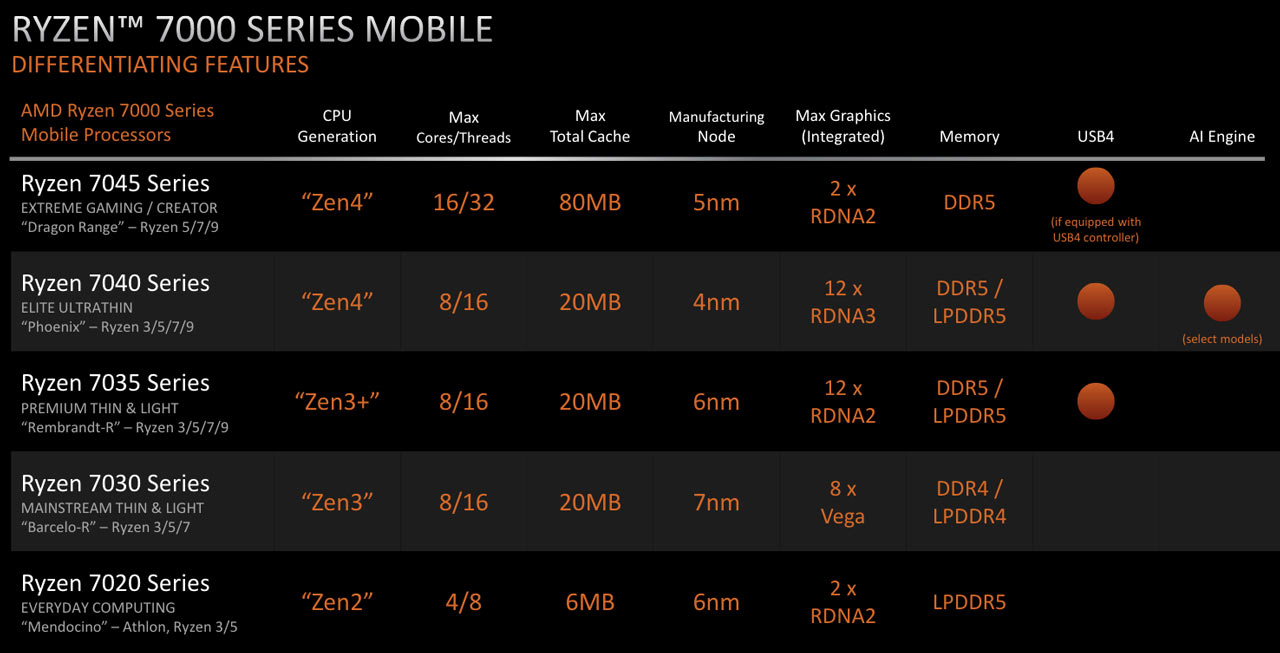AMD Integrated Radeon 780M 25% Faster Than RDNA 2 Predecessor
Early 3DMark Time Spy benchmarks of RDNA 3 iGPUs
What might be the first benchmark results for the RDNA 3 graphics architecture AMD Radeon 780M have surfaced on a Chinese tech forum. Bilibili user Golden Pig Upgrade Pack (GPUP) asserts that he has tested an AMD APU packing the Radeon 780M iGPU in 3DMark Time Spy.
Interestingly, the PC tech enthusiast ran at least two separate tests, on two systems, checking how different memory configurations impacted the graphics performance. At its best, the new 780M is over 25% faster than its predecessor (the RDNA 2 graphics architecture 680M), and is within touching distance of the Nvidia GeForce RTX 2050 Laptop GPU.

Whether the above performance test results are genuine or not, it is almost certain that the upcoming Radeon 780M is going to be the fastest iGPU available from any vendor, and it will be the first RDNA 3 iGPU for PC system buyers and DIYers.
The Radeon 780M and 760M were announced by AMD during CES 2023 last month, as major attractions of the latest Ryzen 7040 series Phoenix family APUs for “ultimate ultra-thin” performance. AMD’s new iGPU flagship, the all-new RDNA 3-based Radeon 780M, has 12 CUs (768 SPs) and a max 3,000MHz clock speed. Meanwhile, the 760M will offer 8CUs (512 SPs) and up to 2,800MHz clocks.
So, how did GPUP’s Radeon 780M samples perform? We have tabulated both results, included a handful of rivals, and a well known desktop stalwart, to provide a clear comparison, below.
|
GPU |
Spec |
Time Spy graphics score |
|
Radeon 780M |
LPDDR5X-7500 | ~3000 |
|
Radeon 780M |
DDR5-5600 | ~2750 |
|
Radeon 680M |
Average score |
2383 |
|
GeForce RTX 2050 Laptop |
Average score |
3183 |
|
GeForce RTX 1050 Laptop |
Average score |
2095 |
|
GeForce GTX 1060 6GB |
Average score |
4203 |
|
Intel Arc A380 |
Average score |
4392 |
Integrated graphics naturally benefit from improved system memory speeds, so it isn’t surprising to see the Radeon 780M move forward with the LPDDR5X-7500 memory. Both systems enjoy a worthwhile performance edge over the previous generation. Lastly, it is encouraging to see an iGPU push into RTX 2050 territory, but looking at the wider picture these low-power integrated graphics chips are still being easily beat by mid-range desktop cards from 2016.
We'd also be remiss if we didn't raise a warning flag. Those scores of ~3,000 and ~2,750 are suspiciously round numbers and could simply be guesses as opposed to actual benchmark runs. Maybe they're valid and simply rounded off to obfuscate things slightly, but they do stand out as anomalies in the grand scheme of things.
And of course, it almost goes without saying that 3DMark Time Spy scores are not necessarily representative of real-world gaming performance. That Arc A380 score for example is relatively higher than what we normally measure in our GPU benchmarks, where it trails the GTX 1060 6GB. Sprinkle liberally with skepticism until the hardware becomes publicly available, in other words.


The first laptops featuring AMD Ryzen 7040 Phoenix processors with RDNA 3 iGPUs are officially slated to start shipping to consumers in March, but Bilibili’s GPUP seems to have acquired some early samples. With the drivers likely still undergoing tuning, there's hope for further optimizations for these new APUs. The rest of the laptop platform will also play a role, so these new chips could be even more impressive when they're publicly launched.
Get Tom's Hardware's best news and in-depth reviews, straight to your inbox.

Mark Tyson is a news editor at Tom's Hardware. He enjoys covering the full breadth of PC tech; from business and semiconductor design to products approaching the edge of reason.
-
w_barath I'm a bit disappointed with the 7040 RDNA3 APU performance. 25% performance increase could easily be attributed to the DDR5 memory interface alone. Where's a sing of the RDNA 3 architectural improvements? Ah, this is AMD. The real performance is hiding behind a 1-1.5 year driver development lag. It'll probably be 30% faster than now same time next year.Reply -
prtskg Reply
Ryzen 6000 series apus use DDR5. Of course, in last one year, I expect improvement in ram speed but your comment gives me idea that you were thinking about DDR4.w_barath said:I'm a bit disappointed with the 7040 RDNA3 APU performance. 25% performance increase could easily be attributed to the DDR5 memory interface alone. Where's a sing of the RDNA 3 architectural improvements? Ah, this is AMD. The real performance is hiding behind a 1-1.5 year driver development lag. It'll probably be 30% faster than now same time next year. -
watzupken Reply
The current 680M generally runs on laptop, and DDR5 SODIMMs runs at 4800. Compared to this where the DDR5 is running at 5600, the increase bandwidth will naturally benefit performance. I suspect there is also improvement in the hardware to get a 25% performance bump, i.e. in the form of high CU count. The increase in memory bandwidth itself is not likely to contribute to this big a performance improvement.prtskg said:Ryzen 6000 series apus use DDR5. Of course, in last one year, I expect improvement in ram speed but your comment gives me idea that you were thinking about DDR4. -
Karl_Schwarzschild I'm really confused here. 780m is supposed to have 12 CUs. In RDNA3 there are 128 shaders/CU (or 64 shaders with 2 FP Units) which translates into 1536 Shaders vs 768 for the 680m (only 64FPs/CU in RDNA2).Reply
+Higher Clocks +DDR5
Shouldn't that be more like +125-150%?
The 7900XTX with 96CUs also behaves like a 12288 Shader GPU, although it has 6144 (double) Shaders on paper.
Early leaks were also hinting 3600M like performance for the 780M. 2050Mish is pretty disappointing now.
And that's not only me. Here they also list it as 8,9 FP32 TFLOPs vs 3,4 for the 680M.